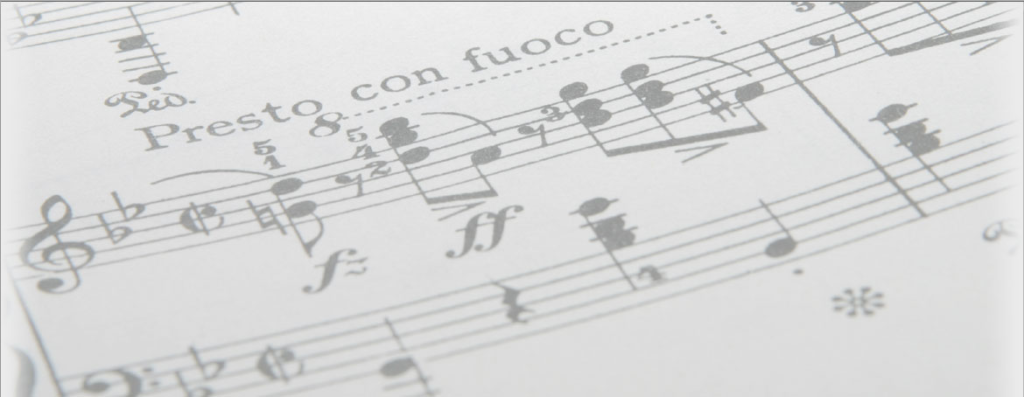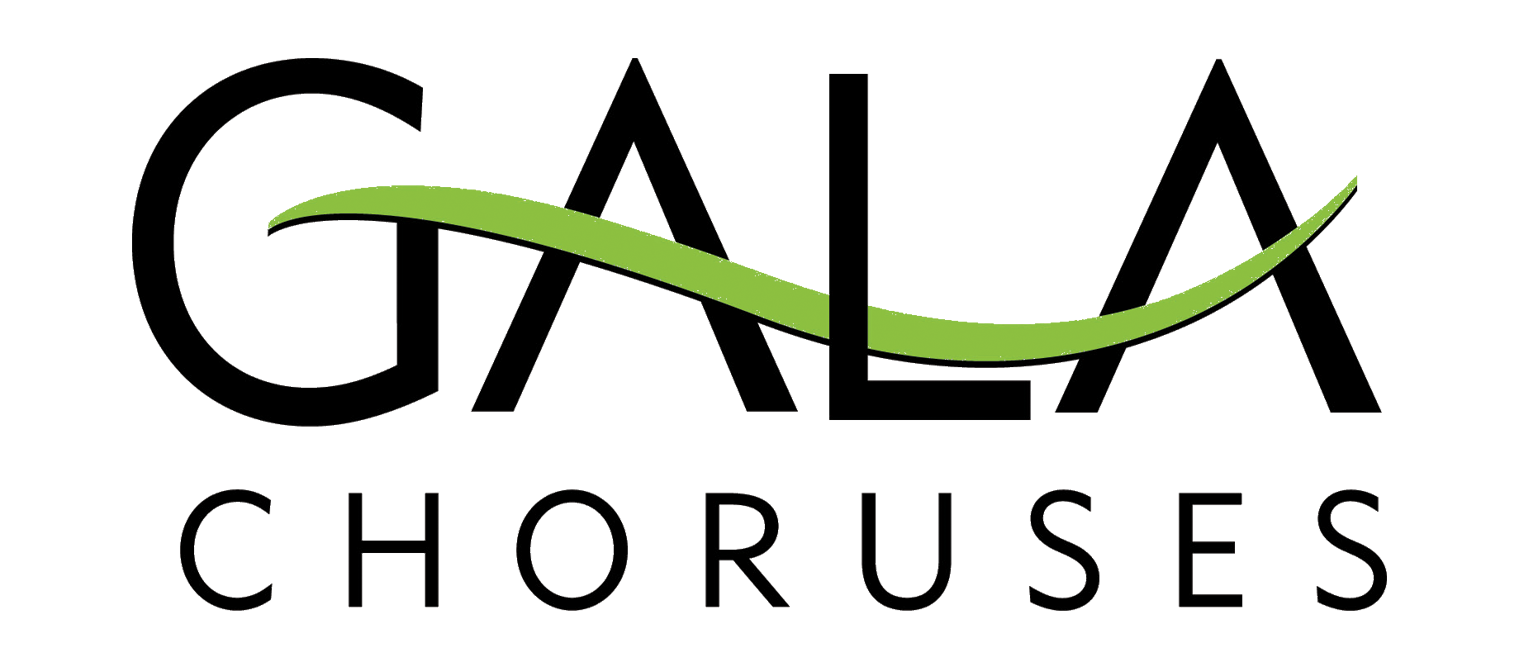By GALA Expert
December 6, 2023

Posted on: March 9th, 2015 by Jacob Levine
While building Chorus Connection, I’ve interviewed dozens of community choruses about the ways they operate. These interviews have given me a fascinating insight into the different strategies and best practices in use by community choruses all across the US. The intent of this post is to share some of those insights, specifically those related to managing attendance.
Choruses vary widely in how they track attendance. In some cases, a single person keeps track of everyone. Other choruses split the responsibility up by section.
The most significant difference, though, is in how choruses store attendance information. Here are the 5 most common methods, plus a bonus one that made me geek out a little.
1) Pencil and paper
A few choruses take attendance using good old pencil and paper. Attendance takers write down the names of rehearsal attendees in a journal and that journal is the final record.
Pros: no setup or training required; very easy to use.
Cons: very difficult to get useful summary data.
NOT RECOMMENDED
2) Excel (without Dropbox)
The most common way choruses track attendance is in Excel spreadsheets that live on the attendance takers’ computer hard drives. Typically the attendance takers print a copy of the roster (or their section), check off attendees at rehearsal, and then copy the list to the digital spreadsheet afterwards.
Pros: can easily summarize data, showing number of singers at each rehearsal and number of absences per singer.
Cons: there are numerous inefficiencies because the files are stored on personal computers (e.g. there are often questions about who has the most updated versions of files; also, artistic directors can’t easily and immediately see information stored on someone else’s computer); attendance takers typically have to do data entry after rehearsal.
NOT RECOMMENDED
3) Excel (with Dropbox)
This is almost identical to the previous method, but the Excel file(s) are stored in Dropbox (or another cloud-based document storage tool).
Pros: all the advantages of using method #2; the file in Dropbox is always up-to-date; those who need the information can get it much more easily and quickly.
Cons: there can be some problems if multiple people update a file at the same time; attendance takers typically have to do data entry after rehearsal.
RECOMMENDED
4) Google Spreadsheets
Google Drive offers a number of great cloud-based tools that are very similar to Microsoft Office. Google Spreadsheets, for example, is almost identical to Excel, but is a better option if you have multiple people who might need to edit the file at the same time.
Pros: all the advantages of using method #3; it’s also possible for multiple people to edit a spreadsheet simultaneously without any conflicts.
Cons: often difficult to use on mobile devices (true of all spreadsheets); attendance takers typically have to do data entry after rehearsal.
HIGHLY RECOMMENDED (especially if you’re looking for a free tool)
5) Mobile attendance tools
There are a few systems that are designed specifically so you can take attendance on a phone or tablet in rehearsal. Chorus Connection is one example (click here if you’re curious to see how this works).
There are also a number of attendance taking apps for phones and tablets, though I haven’t talked to any choruses that use such an app, so I’m not sure how effective they are (if you’ve used one of these, please leave a comment and let me know if it worked well for you).
Pros: highly efficient; no data entry after rehearsal.
Cons: not free.
HIGHLY RECOMMENDED (but, as Chorus Connection’s founder, I’m obviously a little biased)
6) Scanner *BONUS*
As I mentioned earlier, I’ve run into a few really innovative methods that have made my inner choir geek do a happy dance (or sing a happy song?). One chorus has set up a brilliant system using a scanner. Every singer has a name badge that also contains a bar code. When singers come to rehearsal, an administrator scans the bar codes and an Excel spreadsheet automatically records the singers’ attendance.
Pros: highly efficient; space-age choir technology!
Cons: not free; can be time consuming to set up and manage; requires some manual work to summarize data; only practical if your chorus has a full-time administrator who will oversee it.
RECOMMENDED
Interested in using one of the above methods? Send me an email at jlevine@chorusconnection.com and I’ll help you get started!
That’s it from me. What about you? How does your chorus track attendance? Post a comment and let me know.
This post was originally published here: http://www.chorusconnection.com/blog/2015/3/5/5-ways-choruses-track-attendance
